Galapagos is an archipelago of islands. It is a province of Ecuador and lies approximately 1000km off its coast. The archipelago consists of 18 main islands, 3 smaller ones and 107 rocks and islets. The archipelago lies at the Galapagos triple junction – a place where three of the earth’s tectonic plates meet. The archipelago is actually on the Nazca plate which is moving east/south east, diving under the South American plate at a rate of 6.4cm (2.5 inches) per year. As the three plates all move in different directions, the archipelago also lies atop of the Galapagos hotspot. Here large amounts of magma rise up and pierce a hole the the crust, forming a volcano. This is how the Galapagos Islands were formed. The older islands gradually disappear below the sea as they move away from the hotspot and then new islands are formed. The youngest islands in the archipelago are Fernandina and Isabela which are still being formed.
The Galapagos Islands are famous for being the place that inspired Charles Darwins’ theory of evolution. Darwin was a naturalist onboard the HMS Beagle and, in 1835, he spent 5 weeks visiting the islands. During his visit, he collected records of the animal and bird life he saw. Revisiting his findings when he returned home, he realised that, although the unique creatures he had seen were similar from island to island, they were perfectly adapted to the different island environments. This led him to consider the origin of the islands’ inhabitants and he consolidated his observations into his famous book ‘On the Origin of Species’. This book drastically, and controversially, altered the scientific view on biological origins of life.
Nowadays, travel to and around the Galapagos Islands is tightly controlled and there are many rules governing visiting them. We had to have the boat fumigated before leaving Panama. Also, the hull needed to be spotless, so we had a diver in Panama City (WE weren’t getting in the marina, especially as there were crocodiles). We then re-cleaned it in Las Perlas (the diver didn’t do a very good job!) and then again at sea, about 80 miles from Galapagos we gave it a final clean.
Other measures in place were the need to have oil pads for any fuel leaks and environmentally friendly cleaning products. The rubbish had to be sorted into recyclable, organic, contaminated and other, each with different coloured bags and bins (clearly labelled) on the boat. We were not allowed to bring in most fresh produce. Once there, we were only allowed to independently visit three of the islands and many places on those islands were only accessible with a guide. The powers that be certainly seemed to be taking environmental protection seriously.
First stop for the fleet was the island of San Cristobal. Anchoring in the large Wreck Bay, we were greeted by the resident sealions who swam around the anchored boats and welcomed us to their home.
The small town of Puerto Baquerizo Moreno looked interesting and, after just over a week at sea, we were keen to get ashore and explore. Unfortunately, this was not to be as it took us two days to check in. The process required visits from 10 different officials and many forms to complete: Customs, immigration, health, navy, narcotics, park authorities, local agent, biosecurity. And, of course, the hull was checked by a diver.
Eventually, all of the checks were passed, the officials had collected their photographic evidence, the forms were filled in, stamped and signed and we were cleared to visit ashore. Two of the fleet boats were not so lucky. The diver checking the hulls found unacceptable marine life and they were sent 60 miles offshore for the diver to re-clean the hull. Then it was another 60 miles back to check in again. This took the boats two long days and cost several hundred dollars.
Once we got ashore, Puerto Baquerizo Moreno was a surprise. The sea front was full of touristy bars, restaurants and souvenir shops selling sloganed merchandise. I think our favourite was the Galapagos equivalent of a ‘kiss me quick’ hat – a t shirt depicting several blue footed birds and the slogan ‘I love boobies’.
Another lasting image that we have of the town is the abundance of sealions – in the water, along the shore side and sharing the footpaths with the visitors. Their favourite place to hang out seemed to be the water taxi pontoons. This was actually a serious hazard, especially at night, when the huge sprawling creatures were very difficult to see.
As usual when visiting a new location, the World Cruising Club worked closely with the local agencies to give us a flavour of the place. Our introduction to the Galapagos Islands was well worth it, giving us an overview of the history of the islands and information about its more well-known inhabitants.
Next, we visited Galapequera de Cerro Colorado. This is a tortoise reserve and a breeding centre for the giant Galapagos Tortoise. The aim of the centre is to increase the survival rate of new hatchings in the wild. In semi natural conditions, the young tortoise are able to hatch without aid of incubators. They are kept at centre for first few years of their lives which is when they are particularly vulnerable to predators.
At the centre, we learned about these famous inhabitants. The giant tortoise have an average life span of over 100 years and grow to a maximum size of 1.8m and weight of 400kg. It was fascinating to learn about these creatures and see them close up.
Whilst in the islands, there are many organised trips to choose from and it would be very easy to spend thousands. For those wanting to explore independently (or on a tighter budget), the options are more limited. On San Cristobal there was an excellent (free) walk around the headland from the town to Les Tintores in Charles Darwin Bay. On route, the path wound through volcanic rock and cacti with occasional glimpses of the sea and sandy beaches. Once at Charles Darwin Bay, we joined the many locals enjoying their Sunday afternoon trip out and had a dip in the refreshing water. In the water, we were treated to an amazing experience of swimming alongside the sealions (again free). They glided and danced, pirouetting and chasing the shoals of shimmering fish. They were so graceful and playful and completely oblivious to us.
Leaving San Cristobal, we made our way to Isabela. To ensure a daylight arrival, we made an overnight passage. There was no wind so it was a motor of 14 hours to travel the 70nm to the main town of Villamil.
Isabela is the largest of the Galapagos Islands. It has an impressive six volcanoes, five of which are still active. It has a much wilder feel to it and it was our favourite.
While on Isabela, we hired bikes to ride along the shore and visit the National Park. We spotted wildlife everywhere: Giant tortoise by the roadside and plenty of black iguanas basking in the sunshine and even joining the tourists for a swim. The park is also home to El Muro de las Lagrimas (The Wall of Tears). This dry stone wall was built between 1946 and 1959 by the inmates of the Isabela Penitentiary Colony for no reason other than to keep them busy.
Our highlight in Isabela was horse riding up Sierra Negra. This large shield volcano is a mere youngster at an estimated 535,000 years old and is one of most active in Galapagos. In late June 2018, Sierra Negra began its most recent eruption. The lava flows made their way right down to the coastline, prompting the evacuation of about 50 residents and restricting access to various parts of the island.
Sierra Negra is the largest caldera of the Galapagos volcanoes, measuring 7.2km x 9.3 km. A caldera is a large cauldron like hollow that forms shortly after the emptying of magma chamber in volcanic eruption. It is actually like a sink hole as it is formed by subsidence and collapse rather than explosion or impact.
It was a grey and damp day when we visited, but this did not spoil the experience of an hour’s ride up to the caldera. Here we were treated to another spectacular view across the caldera’s expanse. We could easily spot the evidence of the 2018 eruption and were pleased that the next one is not due until 2033! It was a brilliant day, one which we would thoroughly recommend. Many thanks to Claudia from Galloping Galapagos who enabled this to happen and was a superb guide.
Our final stop in the Galapagos Islands was Puerto Ayora on island of Santa Cruz. This was our stop to prepare the boat and provision for our longest passage to date. It would be a journey of about 3000nm which would take us between three and four weeks.
It wasn’t all work though. We did manage to squeeze in two dives at Gordon Rocks. Having dived in some stunning places, we were expecting great things of our dive in Galapagos. Unfortunately, our expectations were not lived up to. We had not realised that the waters here are highly rich in nutrients and, whilst these encourage the large predators to visit, it also means that the visibility was very limited. We did manage to spot some fish we had not seen before, including the beautiful king angelfish. There were several large turtles and a few white tip and black tip sharks. Martin even glimpsed a hammerhead, but it was too far away from me.
After two weeks, the time came for us to leave and we reflected on our visit to Galapagos. We are always grateful that we have the opportunity to visit new places and get up close to the wildlife. We had heard so much about the Galapagos Islands and I suppose that our expectations were too high. We were disappointed that it was not the eco-friendly environment we were expecting. As visitors, we had to put many measures in place to protect the environment – spotless hull, fumigation, eco cleaning products, segregating rubbish…Quite rightly so, we should be doing our bit to help to preserve these habitats. Unfortunately, we saw little evidence of this being followed through ashore; even with what we would consider to be simple measures. There were no eco-products in the mini markets, no rubbish bins on the streets and certainly no sign of recycling. Most places that we visited were run down and litter strewn. Considering the amount of money that tourism generates for the islands, we were surprised that the opportunity had not been taken to create an exemplary eco spot. It is worrying as to what the islands will become if this continues. Whilst it was interesting to visit, it was extremely expensive and we felt let down by the experience. It is not on our list to re-visit!
Having said that, we did have some amazing experiences….


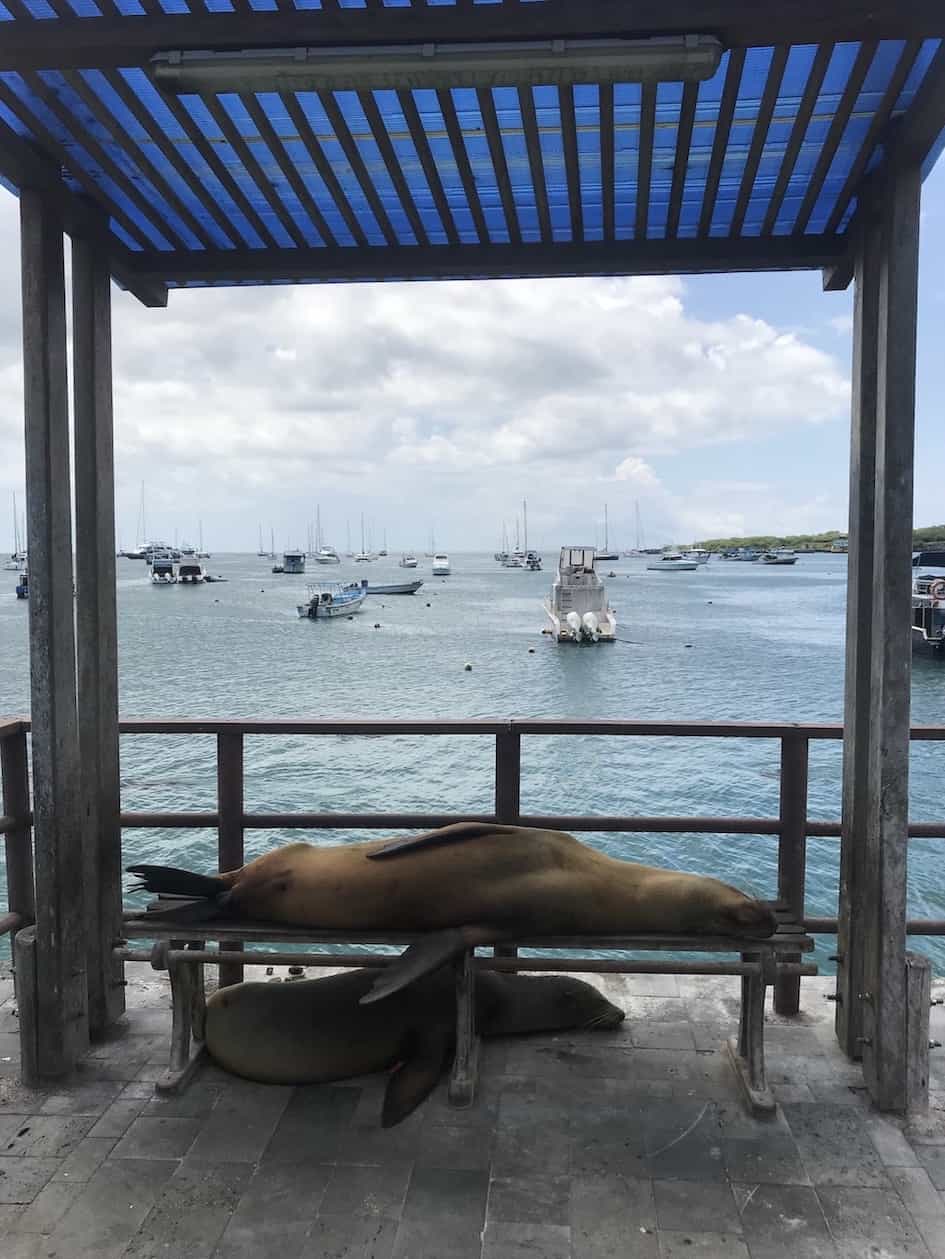
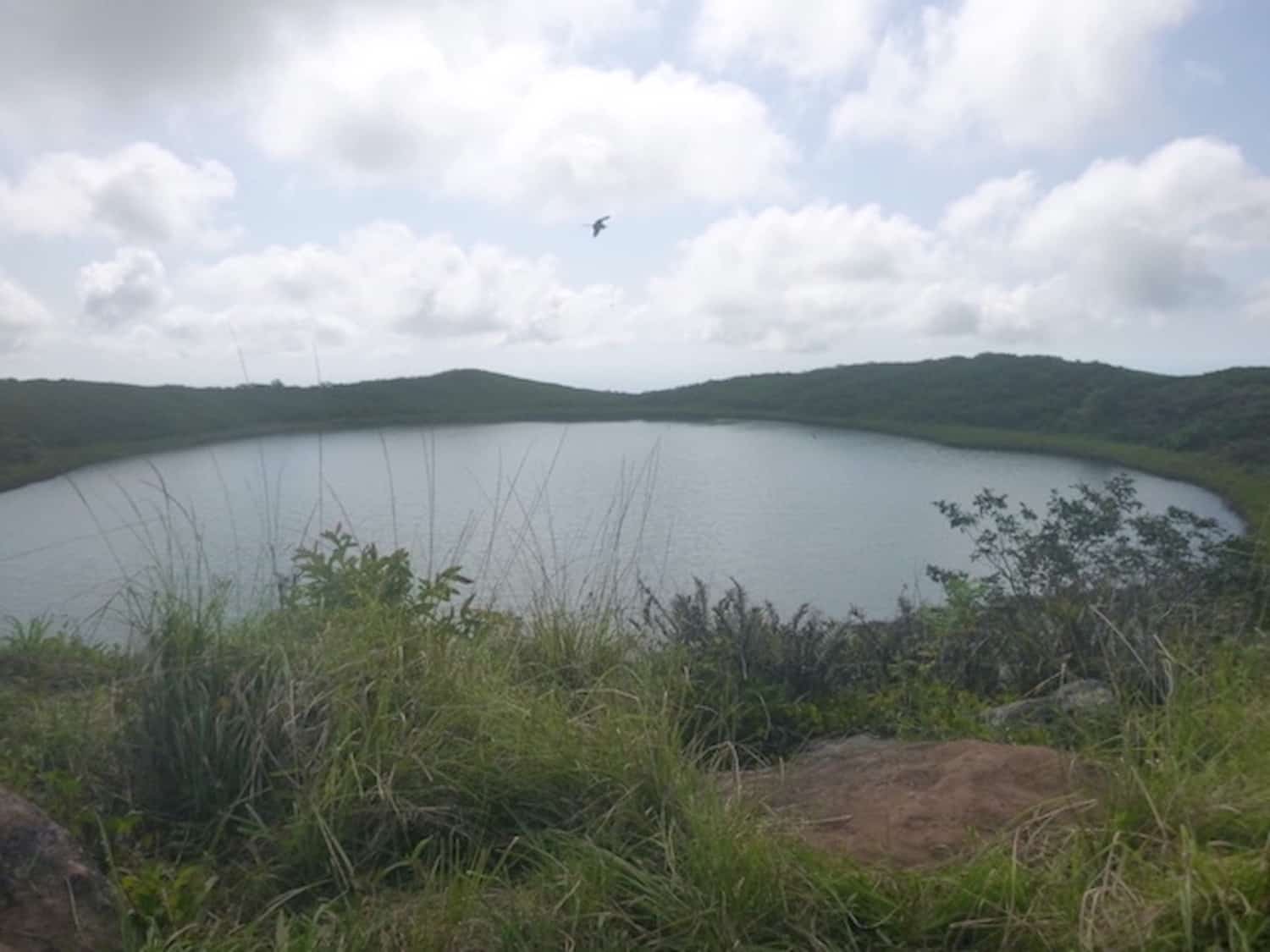
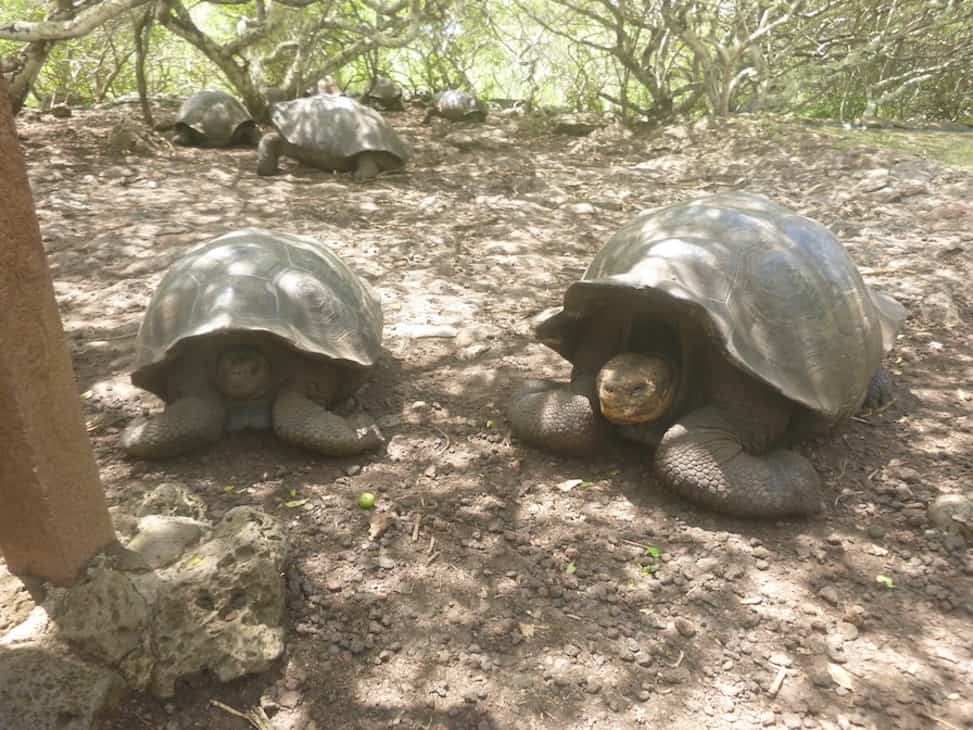
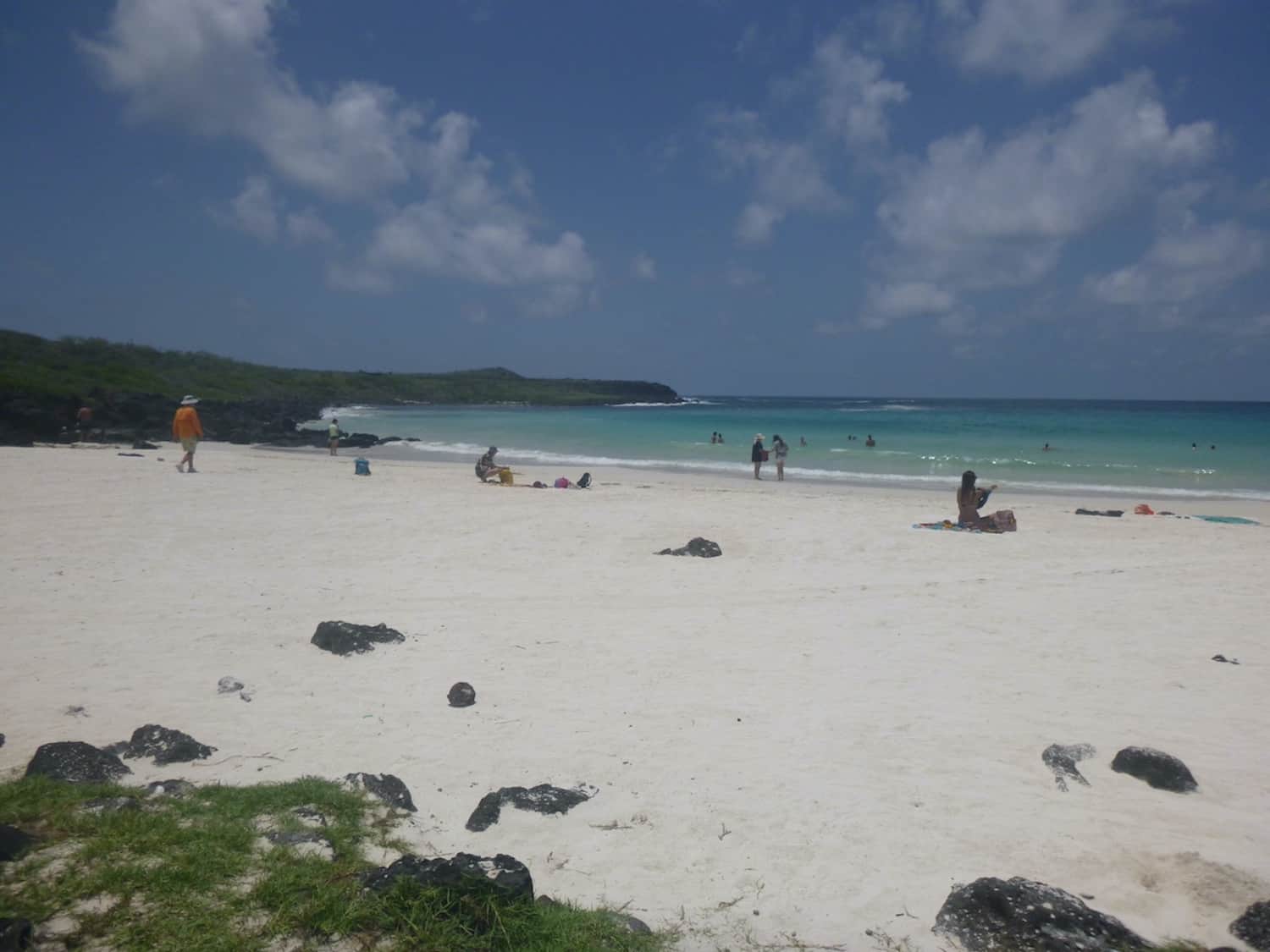


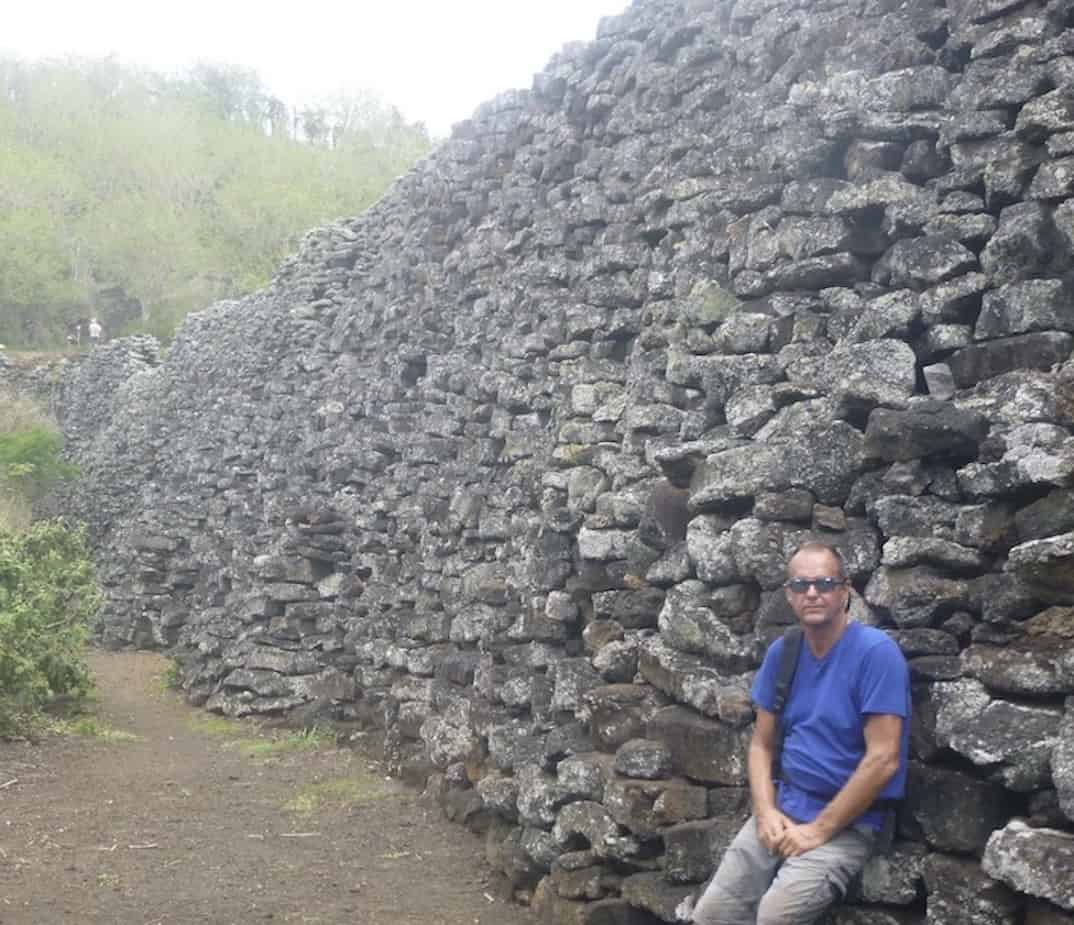
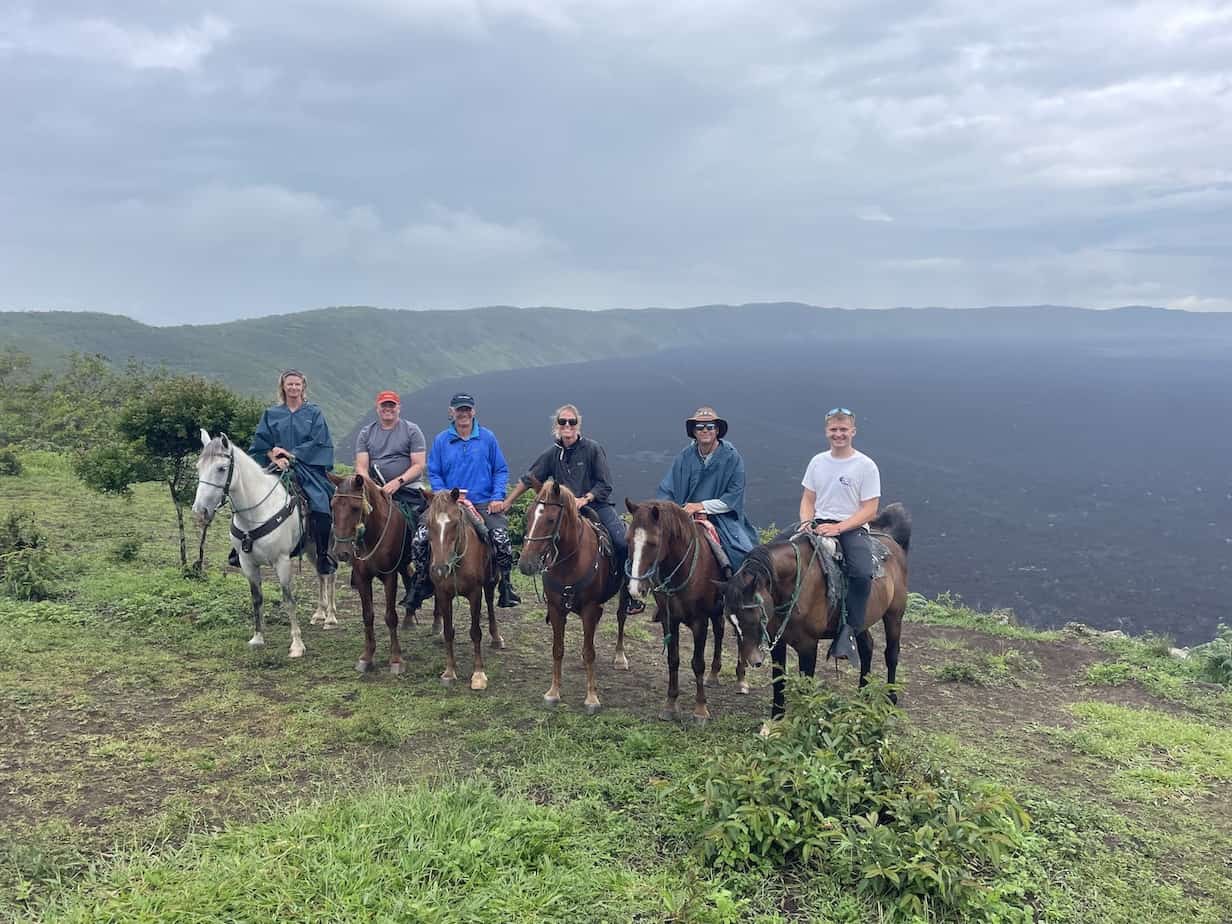
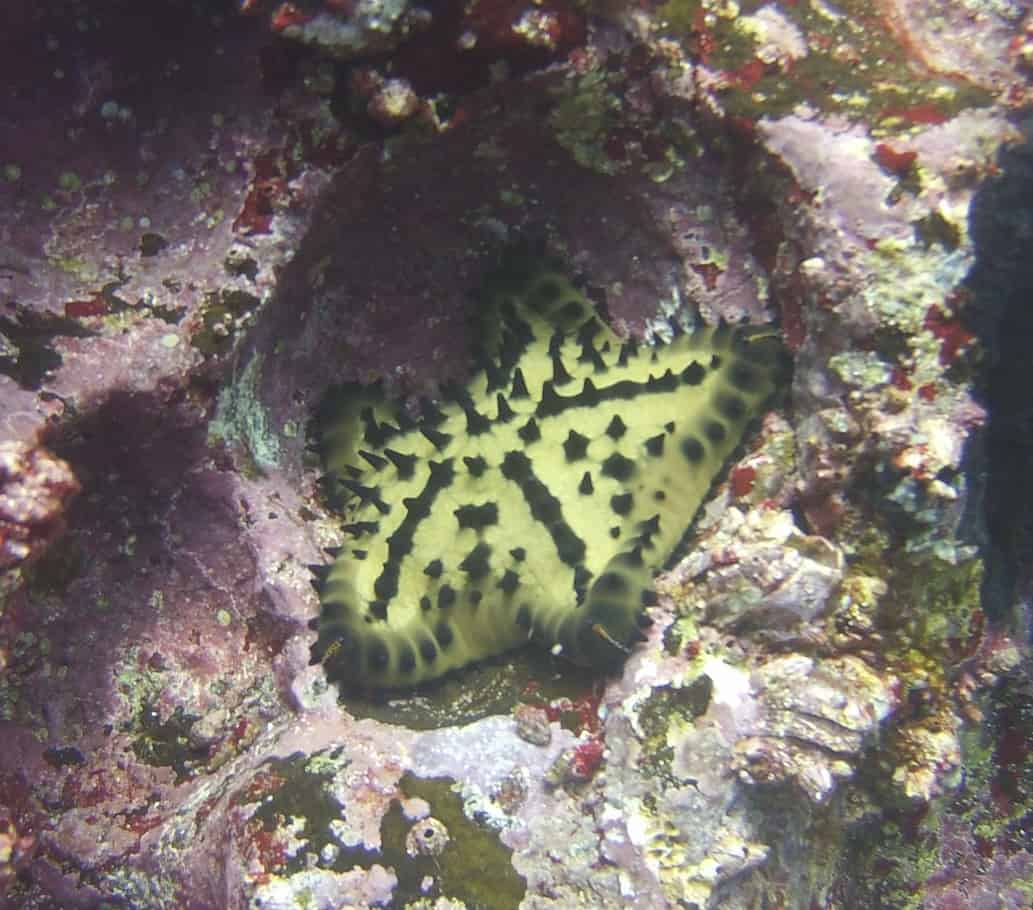
Again, just such a big “thank-you” for writing up about all of these fantastic experiences which I am really enjoying. I hope many of the staff and children of Heathlands are also following and learning. Good luck for your next 3000nm leg
One broken link – Liferaft seems to have closed. Reading the MSOS link was fascinating!
I am following Rik, and loving every account :). Especially the dive videos… wow.
Keep em coming both xxx
Hi
More diving to come. We went to the Tuamotus and dived the Wall of Sharks in Fakarava. Amazing! Lots of footage to edit so will be a few weeks before that post is done.
Hi,
Great to hear from you. I hope that all is well with you and your family. I know that you will be keeping busy as always.
Really pleased that you are enjoying following our travels. The posts are a little behind real time as the internet in the Pacific Islands is somewhat intermittent! We are currently in Fiji and it is cold and very wet! Well for us anyway.
Thanks for the information about the link.
All the best
What a pity the Glapagos Islands did not live up to expectations, but I have heard the same from other sources.
Have a safe sail for the next part of your adventure. You should make a fast passage with such a clean bottom.
Bon voyage.
Hi Barry,
Since the post we have explored many of the Pacific Islands….posts to follow. They have been amazing. So we are not complaining.
The sailing has been uncomfortable and sometimes challenging. We have just done a 300nm passage from Tonga to Fiji with winds gusting over 30knots, 3-4m swells and rain. We have had to break out the foulies! Not what we were expecting…
Hope the sun returns soon.
So informativ and great read 😃. Glad you enjoyed it even if it wasn’t quite what you were expecting.
Take care and safe sailing ⛵️
Hi,
Since the post we have explored many other Pacific Islands which have been amazing.
Currently in Fiji and it is cold and wet!
Loving your instagrams posts if your adventures. We will have to come visit you sometime and you can show us around.
Take care
X
👍😃
Thanks for the detailed description. Interesting observations. I’m here in Scotland with my sister in law who went to Galapagos 16 years ago. She said it sounded as though it was much less touristy then. She is sad too that there’s no follow through on land.
Hi,
Yes it was disappointing but since then we have been to some amazing places. More posts to follow.
Loving your posts about your travels in Scotland. It is a stunning place.
Plan to be in Sydney in December/January so hope to catch up with you.